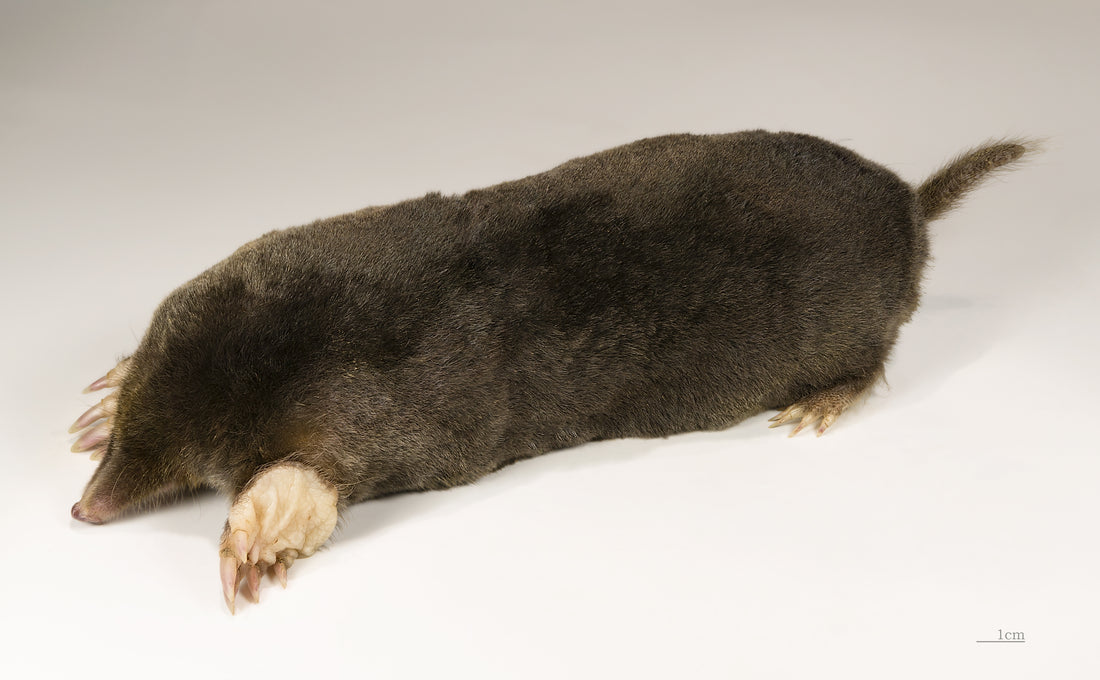As guardians of the perfectly manicured UK bowling greens grounds teams face a relentless adversary – moles. These elusive tunnelling creatures can quickly turn your green into a challenging battlefield. There are estimated to be around 35-40 million moles in the UK alone!

Understanding the Local Culprits:
Before we delve into the tactics let's acquaint ourselves with the common mole species in the UK and their habits:
Common Mole (Talpa europaea):
Recognisable by velvety fur, the common mole is a familiar sight in the UK.
Active year-round they create intricate tunnel systems, leaving behind characteristic molehills which are an absolute disaster on a bowling green. The mound of soil stops grass from growing and ultimately changes the surface which affects ball roll/speed.
Behaviour:
Moles in the UK primarily feed on earthworms and insects often surfacing to create molehills.
Strategic Approaches for UK Bowls Groundsmen:
Seasonal Vigilance:
Understand the mole's seasonal behaviour. They are more active during spring and autumn necessitating heightened vigilance during these periods.
Targeted Irrigation:
Implement a controlled irrigation schedule ensuring your green remains adequately moist without becoming waterlogged – a mole deterrent tactic.
Keep an eye on pH levels
Earthworms are more active in soils with a higher soil pH and will not invade acid turf at a pH below 4.5. Therefore, to keep worm populations low we must keep the soil pH low but obviously not too low that it is going to be detrimental to your green This can be achieved by applying sulphur based materials (fertilisers). Make sure you regularly test your soil pH.
Reduce thatch/organic matter
Don't drop your grass clippings and keep on top of thatch levels. Pick up any leaves too as this creates an ideal haven for worms.
Natural Pest Control:
Encourage the presence of native predators like the European mole's natural enemies including owls, foxes (maybe not so much) and certain bird species.
Mole Traps:
Select mole traps suitable for UK conditions and soil types. Familiarise yourself with UK-approved humane trapping methods to effectively get rid of moles.
When faced with an obstacle in its burrow the mole adeptly forges ahead. Mole traps customarily crafted to capitalise on this behaviour require strategic placement for optimal effectiveness.
- Precision in both site selection and timing is paramount.
- Install within surface burrows.
- Optimal periods include spring or autumn, during late afternoon or early evening and immediately following rainfall.
Consultation with Experts:
Seek advice from local wildlife and pest control experts who understand the nuances of dealing with moles in the UK.

